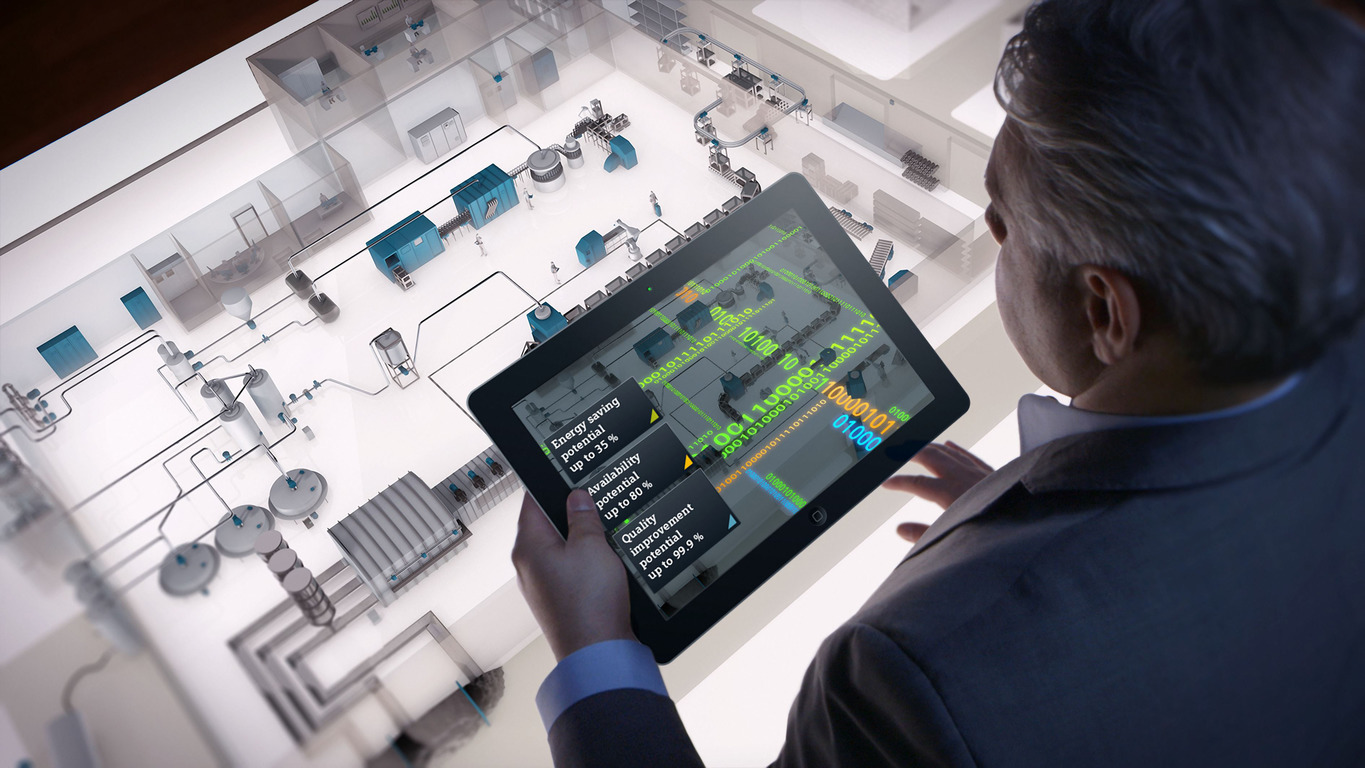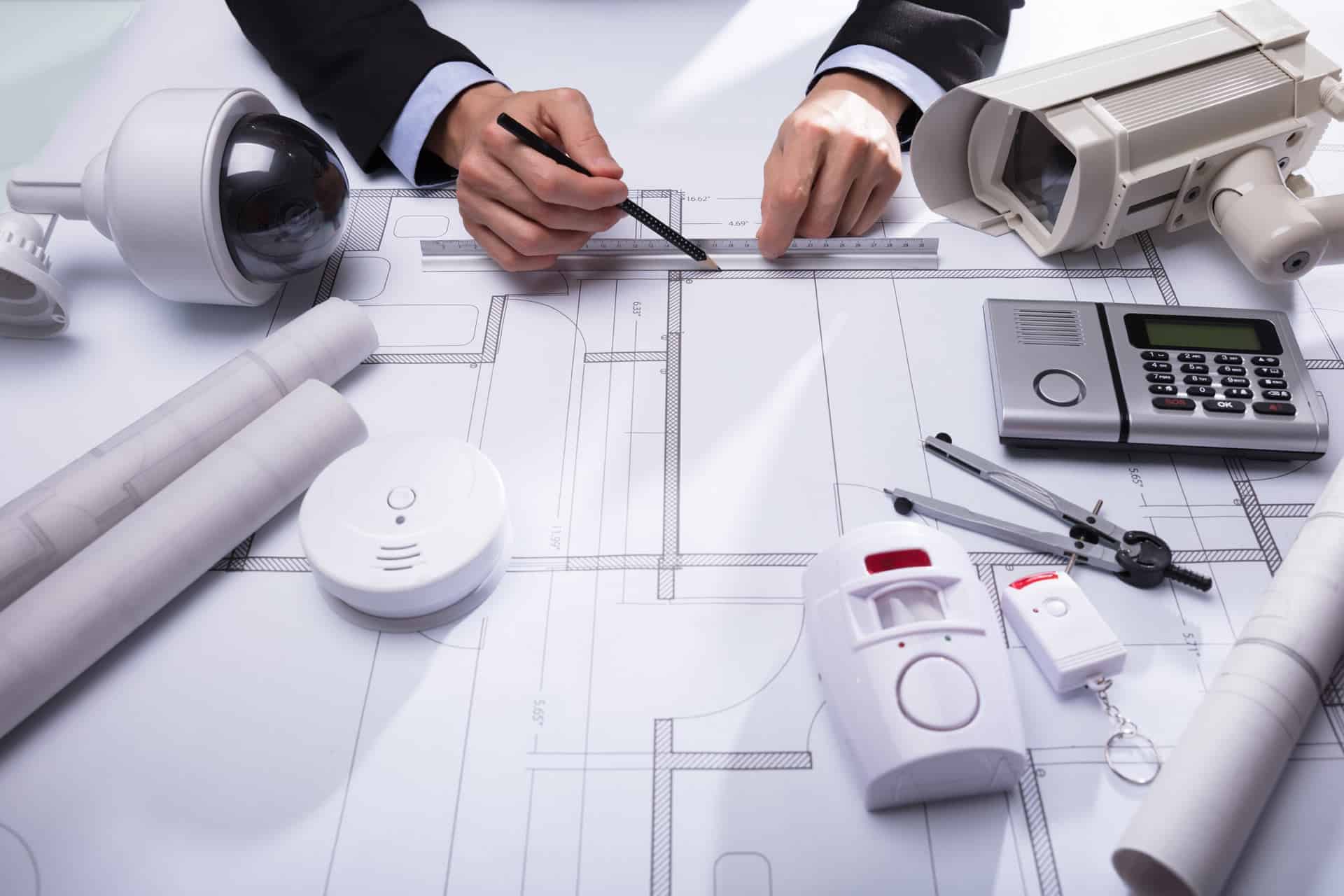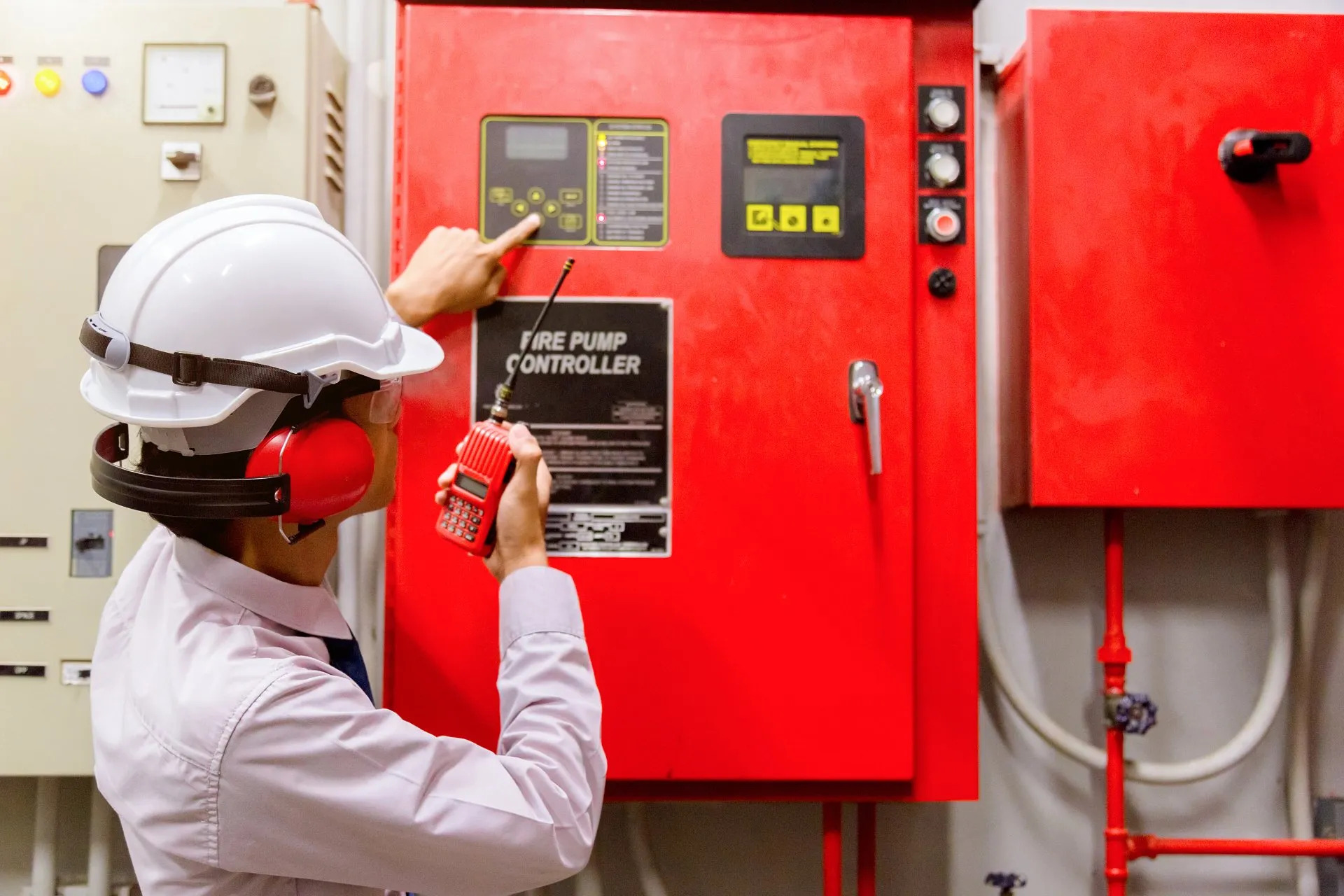
- About
-
Services
-
Audit, monitoring, consulting of fire safety systems
-
Design and creation of fire safety systems
-
Installation of automatic fire fighting systems
-
Connection to a centralized server to maintain day and night monitoring.
-
Fire protection of constructions and buildings.
-
Fire alarm
-
Installation of fire hydrants and water pipes
-
Smoke removal and ventilation system
-
Automatic gas fire extinguishing system
-
Extinguishing the fire with dispersed water
-
The use of robots in the fire fighting
-
CCTV systems
-
- Products
- Projects
- Blog
- Partners
- Contact us
 Building Management System.
Building Management System.
Building automation refers to the automation of operations and processes in modern buildings. Automation systems include lighting, cooling and heating, and ventilation systems. Building automation is the basis of intelligent buildings. The main goal of building automation is to ensure safety, improve comfort level and ensure efficient use of resources. Building automation can be conventionally divided into three levels:
Upper level - management level (Management level) - carries management functions between the operator and the system through a graphical interface, collects a statistical database and determines the most optimal management configuration and operating parameters depending on the weather conditions and work activity mode based on analytical materials. It is realized through computer hardware and SCADA software. This allows you to organize technical diagnostics and service of all technical equipment of the building using minimal engineering and labor force.
Intermediate level - automatic management (Automation level) - automation of functional processes, the basis of which is management controllers, input-output signal modules and various types of communication equipment.
The lower level - the field level (Field Level) organizes the connection between the technical indicators of all the parameters of the technical equipment of the building, sensors, sensors and the equipment that determines various measurements. Manages the technical equipment of the building through various intermediate devices.
Arsenal Fire Extinguishing Systems company implements building management system in complex form. The application of Building Management Systems realizes building management in a more modern way, using resources efficiently.
















